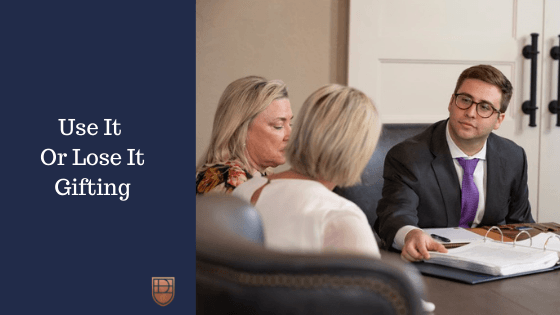
Did you know that there is an estate planning strategy to use completed gifts to your spouse to take advantage of the current tax structure in 2021.
One way to take advantage of the high credit amount is by setting up a Spouse Lifetime Access Trust (“SLAT”). This is an irrevocable trust set up by an individual for the benefit of their spouse. The SLAT is funded with a completed gift, meaning it takes advantage of the high credit amount today. The SLAT can be set up to ensure that the trustee can make distributions from the trust to the spouse. This provides an income stream from the trust that can be used by the couple.
A SLAT allows a person to use up some of the high credit amount while ensuring access to the income and principal from the gift.
This historically high unified credit amount, coupled with the impending reduction in the credit, means that couples with assets, even assets that don’t come close to the current credit amount, should consider using or losing this unique opportunity.
In 2021, a person can pass $11.7 million in life or death without having to pay a tax. This is called a “unified credit amount”. Any assets that are passed in life or death that rise above this amount will be taxed at a current rate of 40%. This is a problem that most people won’t have. However, that may be changing. The $11.7 million credit amount is the highest it has ever been. In fact, in 2017, that amount was $5.49 million. In addition, the current credit amount is set to go back to that $5 million mark in 2025. This is assuming the current administration won't speed up that change. This high credit amount sets up a “use or lose it” scenario.
If a person gifts out 10 million dollars from their estate in 2021, even when the credit amount sunsets back to 5.49 million, no taxes will be due. Therefore, even if your assets aren’t at the $11 million mark, there is a unique opportunity to “use” the high credit amount before you “lose” it.
If you have more questions, please consult with your estate planning attorney.


